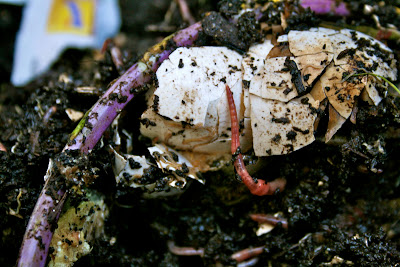As November is passing by faster than I can seem to keep up with, I thought it was about time for the second installment of our banana themed “flavor of the month”. I decided to take this recipe in a sweeter direction, and make something more along the lines of a dessert. What I cooked up was chocolate chip banana muffins with a brown sugar crumble topping. They're almost cupcake-like. I gave them to my friend for his birthday, and he seemed to enjoy them, so hopefully you will too!
Ingredients
1 1/2 cups all-purpose flour
1 teaspoon baking soda
1 teaspoon baking powder
1/2 teaspoon salt
3 over-ripe bananas, mashed
3/4 cup white sugar
1 egg, lightly beaten
1/3 cup butter, melted
2 tsp vanilla
3/4 cup semi chocolate chips
Brown sugar crumble topping
1/3 cup packed brown sugar
2 tablespoons all-purpose flour
1 ½ tablespoon butter
Directions
-Preheat oven to 375 degrees F
-Lightly grease muffin tray, or line each compartment with muffin paper
-In a large bowl, mix together flour, baking soda, baking powder and salt. In another bowl, beat together bananas, sugar, egg and melted butter. Add chocolate chips. Stir in banana mixture into the flour mixture just until moistened. Spoon batter into prepared muffin cups.
-For the topping, in a small bowl, mix together brown sugar and flour. Cut in butter until coarsely mixed. Sprinkle topping over muffin batter in tray.
-Bake 18 to 20 minutes, or until a toothpick inserted into center of muffin comes out clean.
-Ianna














